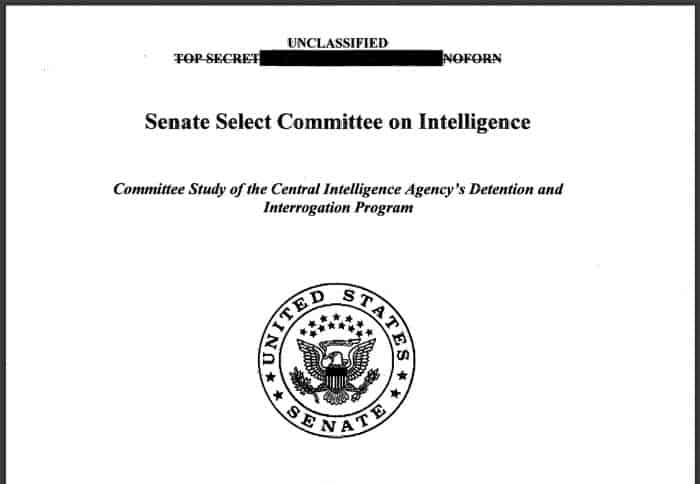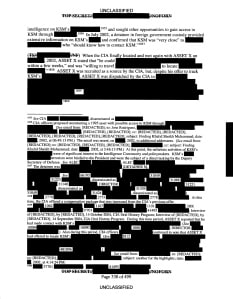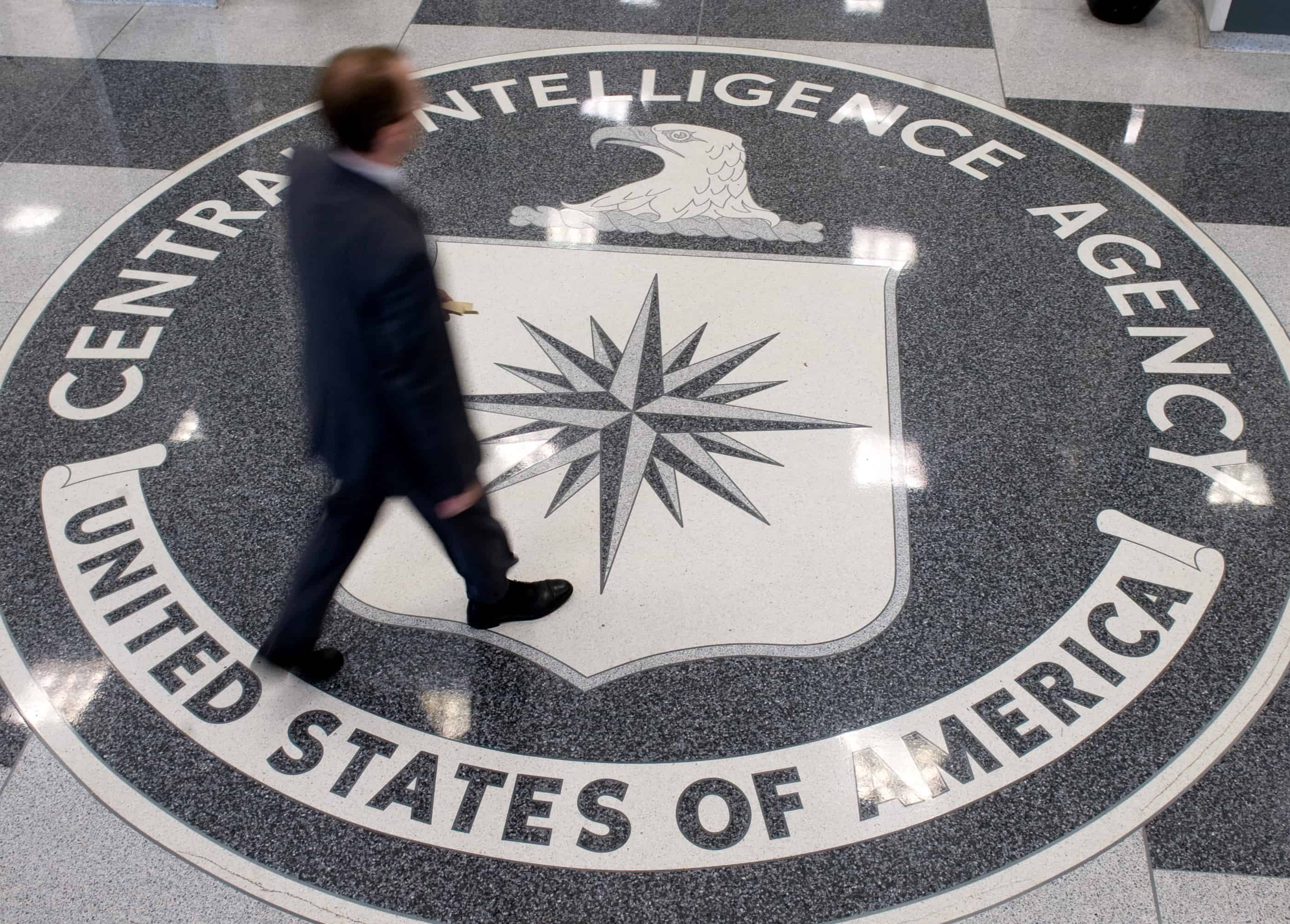WASHINGTON, D. C. — This week’s Senate report on the CIA’s use of harsh interrogation methods is neither the first nor the worst time the agency has run afoul of its congressional overseers.
Four decades ago, a series of hearings on Capitol Hill helped reveal that the CIA-run Phoenix Program in South Vietnam, working in concert with the United States and South Vietnamese militaries, had “neutralized” — killed, detained or recruited — as many as 80,000 people suspected of being members of the Communist Vietcong and used gang rape, beatings and electric shock as well as waterboarding to interrogate prisoners.
Then in 1975 and 1976, a Senate panel took a broader look into the dark side of the Central Intelligence Agency and found that the nation’s spies seemed to have few limits, with covert activities that included plotting to assassinate foreign leaders, domestic spying and LSD experiments on unwitting subjects.
The Church committee, the investigative panel named for Democratic chairman Frank Church of Idaho, published 14 reports on CIA activities, including efforts to kill leaders in Cuba, Chile, the Democratic Republic of the Congo, the Dominican Republic and Vietnam; a secret program to open Americans’ mail; and a mind-control program called MKULTRA.
It led to creation of the current congressional intelligence committees to guard against CIA abuses and resulted in an executive order by Republican President Gerald Ford banning assassinations of foreign leaders.
Now the nation’s intelligence agency, which operates under a veil of secrecy, again finds itself in the unwanted glare of public scrutiny with the findings by Senate intelligence committee Democrats that it misled Congress about interrogations of terror suspects that were more brutal and less effective than the CIA claimed.
While President Barack Obama banned the “enhanced interrogation techniques” used by the CIA when he took office, the report this week makes no recommendations for further action.
Obama has defended CIA Director John Brennan, who this week said that the agency’s methods produced “intelligence that helped thwart attack plans, capture terrorists and save lives.” Brennan said the report was wrong to suggest the CIA “systematically and intentionally misled” Congress and the White House.
Nevertheless, the new findings are a blow to the agency Brennan leads.
“The Senate intel report is right up there with the Church committee in the scathing criticism of the agency,” said Thomas Blanton, director of the National Security Archive at George Washington University in Washington.
The Church committee was more extensive because it covered secret operations by the agency over 30 years, he said. What’s more, “there were moments in some of the internal CIA documents at the time, in the mid-1970s, in which officials even worried that Congress would actually respond by abolishing the CIA,” he said.
No one is talking about that now, as the wars in Afghanistan and Iraq and challenges from terrorists, cybercriminals and international adversaries continue.
Still, the report by Senate committee Democrats, which cost $40 million and took six years to complete, is the most comprehensive assessment of the CIA’s “black site” detention facilities and the “enhanced interrogation techniques” used on at least 119 terrorism suspects after the terrorist attacks of Sept. 11, 2001.
“This image of the CIA supposedly having run amok and having done all this torture stuff on its own will stick with a large part of the American public,” said Paul Pillar, a former senior CIA analyst who had a 28-year career in the intelligence community.
“The idea that the CIA has been lying to the president, lying to the Justice Department, lying to the Congress, and even lying to itself about how effective these programs were — that’s the real show-stopper in the Senate intel report,” Blanton said. “That’s really the most remarkable piece of it.”
The Church committee, despite the breadth of its review, “did not produce this kind of damning indictment using the CIA’s own words and own evidence,” Blanton said.

Frederick Hitz, who served for three decades in the CIA, including eight years as its inspector general, said the report shows that the agency just isn’t very good at hostile interrogations.
“We didn’t know how to do it,” Hitz, who’s now an adjunct professor at the University of Virginia School of Law, said in a phone interview. “It’s not because these are fire-breathers who want to do wrong. It’s a misapprehension of the complexity and what you have to know.”
Hitz said he doubts the report will do longstanding damage to the agency.
“I don’t think that it’s going to be the disaster that people thought it would be,” he said. “It’s kind of better to clean up your own mess.”
Even so, the report is a significant black mark on the agency’s leadership, and the actions it describes are reminiscent of an earlier era of rogue operations, said David Barrett, a political science professor at Villanova University in Pennsylvania who’s written about the CIA’s relationship with Congress.
From its creation in 1947 to the 1970s, the CIA was more freewheeling, sometimes acting on its own with presidents intentionally kept in the dark, Barrett said. Now, covert operations require presidential authorization and must be disclosed to the lawmakers who have oversight responsibilities.
“This is a big event in the history of the CIA, and it’s not a positive event by any stretch of the imagination,” Barrett said in a phone interview.

Pillar said the reaction to the CIA’s interrogation methods reflects a public mood change from the “fears and emotions” immediately after the Sept. 11 attacks. Similarly, Americans at first accepted the internment of Japanese-Americans after the attack on Pearl Harbor, a policy since considered a black mark in American history, he said.
“The CIA is where the people who are on the bottom end of the political process happen to work, but this was a much bigger process where the bigger story was how the American mood, as expressed by the public and our political leaders, has changed significantly since the first year or two after 9/11, when there was much more willingness to compromise long-held values in the name of American security,” Pillar said.
Joseph DeTrani, a veteran of three decades at the CIA, recalls the intense emotions at the agency headquarters in the days and weeks following Sept. 11 as everyone felt “an imperative” to act to protect the homeland from potential follow-on attacks.
As time passes, said DeTrani, who’s now president of the Intelligence and National Security Alliance, a nonprofit research group, the context for the CIA’s actions, right or wrong, may be overshadowed.
The CIA has weathered previous conflicts with Congress and shifts in the public mood.
In 1984, Senate Intelligence Committee chairman Barry Goldwater, an Arizona Republican, wrote an angry “Dear Bill” letter to CIA Director William Casey amid reports that the CIA was covertly involved in mining Nicaraguan harbors.
“I’m pissed off,” Goldwater wrote, complaining that Casey had misled the committee on an action that amounted to an act of war. The panel’s Democratic vice chairman, Daniel Patrick Moynihan of New York, quit the committee as the “most emphatic way to protest” the Reagan administration’s failure to inform lawmakers.
With assistance from John Walcott in Washington.
© 2014, Bloomberg News

